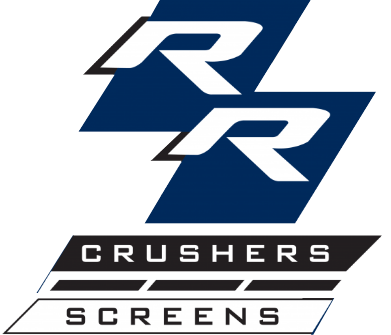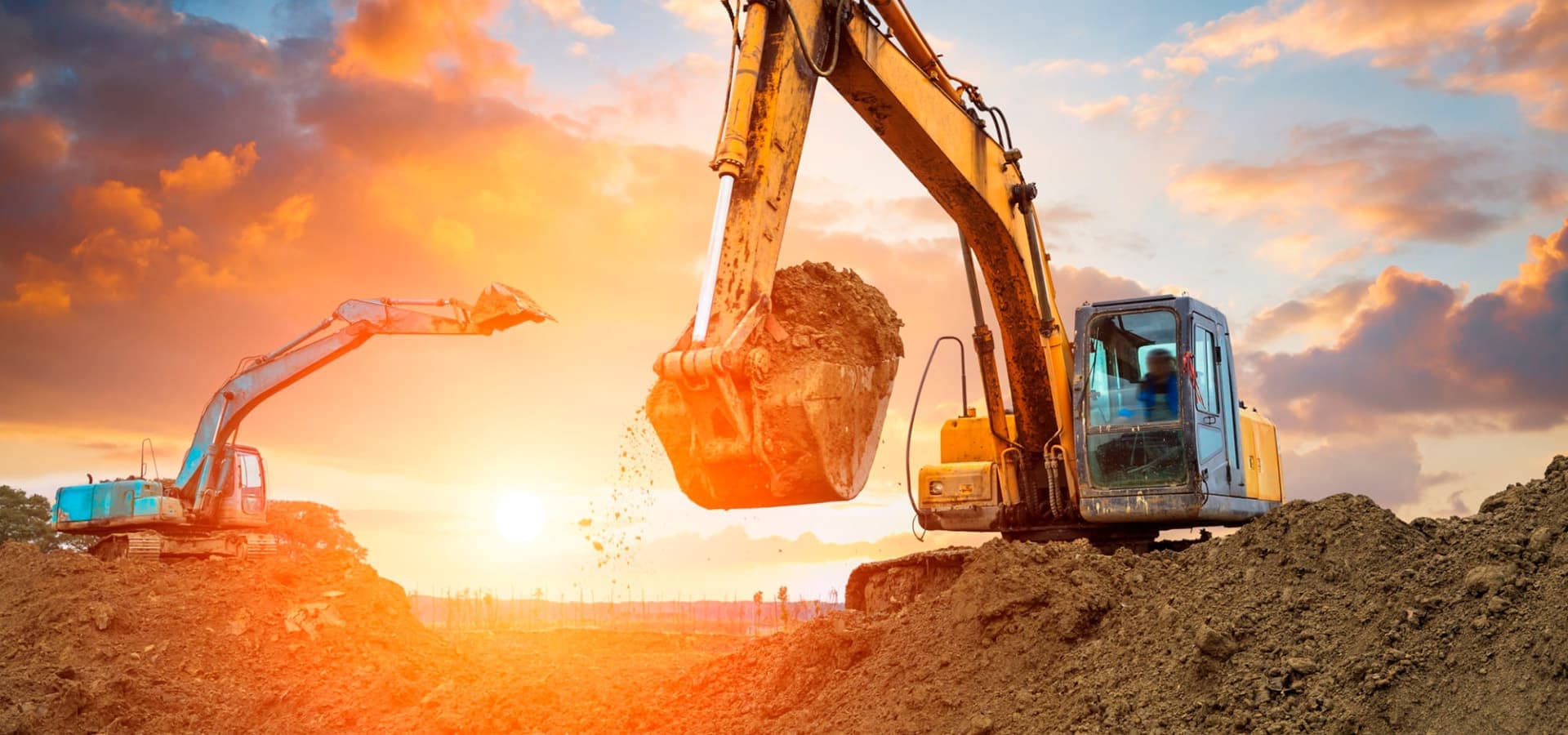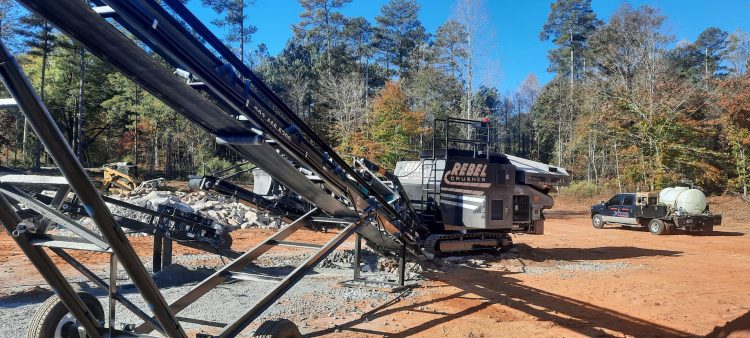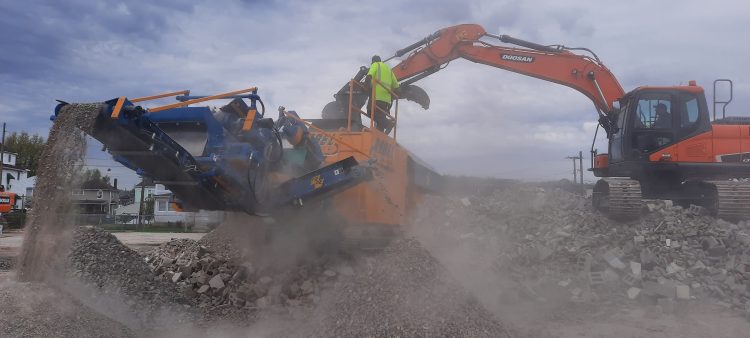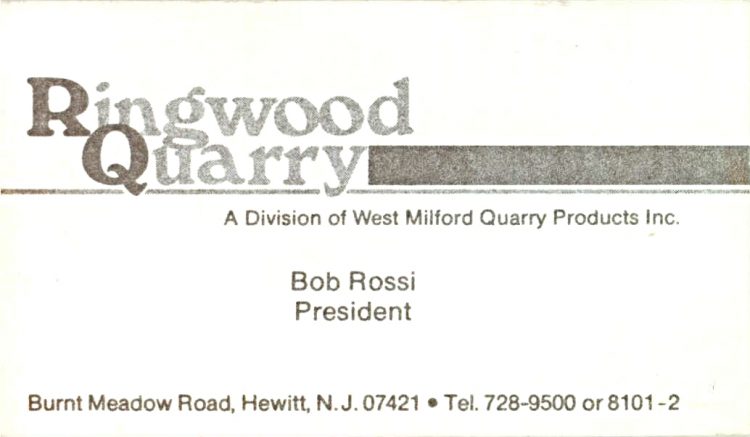You don’t have time to read a novel. Crushing concrete is a process with several steps. Preparing the material to be fed into a crushing plant like the Rebel Crusher is simple. You can use a hydraulic hammer or excavator mounted pulverizer or cruncher. There are numerous attachments available that can help you to reduce the size of your raw concrete material into a manageable size.
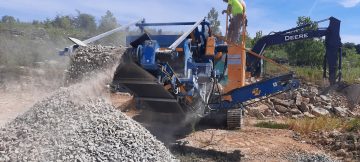
The initial preparatory stage is vital to operating a smooth operation. Preparing material so the crushing plant can do its job is part of the process and should not be skipped. Proper material preparation will ensure the crushing plant is not overloaded and operates efficiently. The crushing plant feed opening will determine the size the material should be prepared to. Even though you may have a 3 foot wide X 2 foot wide feed opening, doesn’t mean you should feed 3 foot X 3 foot chunks into the machine. There is a balance and an optimal size for feed for each crushing plant. Once you determine the best feed size for your particular crushing plant, you simply have to prepare the feed to maximize your concrete crushing operation.
Choosing the right crushing plant is another story and will go into more details in other articles. For now, we’re focused on how to crush concrete. If the material has wire or rebar you may opt to prepare the material and remove all or some of the steel from the concrete. Again, there is a balance and most rugged crushing plants like the Rebel Crusher can handle a significant amount of wire and rebar. Removing excess rebar and wire from feed chunks will ensure smooth feed and increase production and uptime. Trimming excessive rebar and wire that protrudes from properly sized material is recommended. There is no need to remove all rebar and wire when your crushing plant is designed to handle concrete with wire and rebar.

The right concrete crushing plant will have a magnet, preferable self-cleaning, after the material is crushed and hung over the under crusher conveyor belt. This magnet should remove wire and rebar off the main under crusher conveyor belt and throw it to the side, making a pile of steel that is ready to be sold to the scrap yard. There’s money in the scrap steel and an added benefit to recycling and crushing concrete.
The best concrete crushing plants have numerous adjustments allowing the operator to hone in on the perfect material quality and size(s). Keep in mind that the quality of the crushed concrete does hinge on the quality of the feed material. In addition, the quality of the concrete will also affect the gradation of material. The Rebel Crusher has numerous adjustments and screening systems to give one the maximum amount of versatility and chances of ensuring the material is perfect.
Having pre-screening capability, crusher adjustments, magnets and after crushed screening systems offers one the best odds of producing the right products for any application.
For those that are not familiar with the term, gradation, it refers to the percentage of each size that is in a pile of crushed concrete. For example, 2″ minus material may consist of 10% 1 3/4, 50% 3/4″, 20% 1/2″, and 20% 3/8″ minus. Some DOT specifications will outline the percentages, both minimum and maximum sizes) that are allowable. The type of crusher can also influence the percentage of each size. For example, impact crushers tend to produce significantly more 1/4″ minus material whereas jaw crushers tend to produce more 2″ and coarser material.
It’s important to recognize that all impact crushers and all jaw crushers are not created equal. Different manufacturers may design their particular machine for specific requirements. What’s important when crushing concrete is to choose a machine that is incredibly versatile and capable of being adjusted to produce desired products as demands change. Having an onboard screening system is a HUGE advantage to being able to sort crushed material into the perfect size(s). You never know what size material is in demand and what size will be the most profitable. Yes, there are industry standards and currently most people desire base material ( 1 1/2″ minus). This size, also known as crusher run, shoulder stone, or base typically has the greatest volume and is in the most demand.
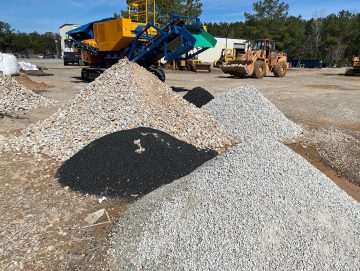
In keeping this article short and to the point, obviously there is additional machinery required to feed the crushing plant and load trucks. Some low production clients will use one excavator to prepare material, load the crusher and then load trucks. As volume increases and demand requires, operators may choose to invest in more equipment and allow each machine to be dedicated to a particular purpose. For example, a dedicated preparatory machine, a dedicated loader to load the crushing plant and a dedicated loader to load trucks may be necessary to optimize the operation and maximize volume.
There are all types of considerations including but not limited to volume of material, size of material to be processed, desired output sizes, amount of steel in the feed material, fuel consumption, cost of each machine and crushing plant, mobility, versatility, ease of maintenance, service, support and MADE in AMERICA to name a few.
To speak with a concrete crushing expert please visit us a www.rebelcrusher.com or call the factory at 803-416-5200
We look forward to hearing from you!
